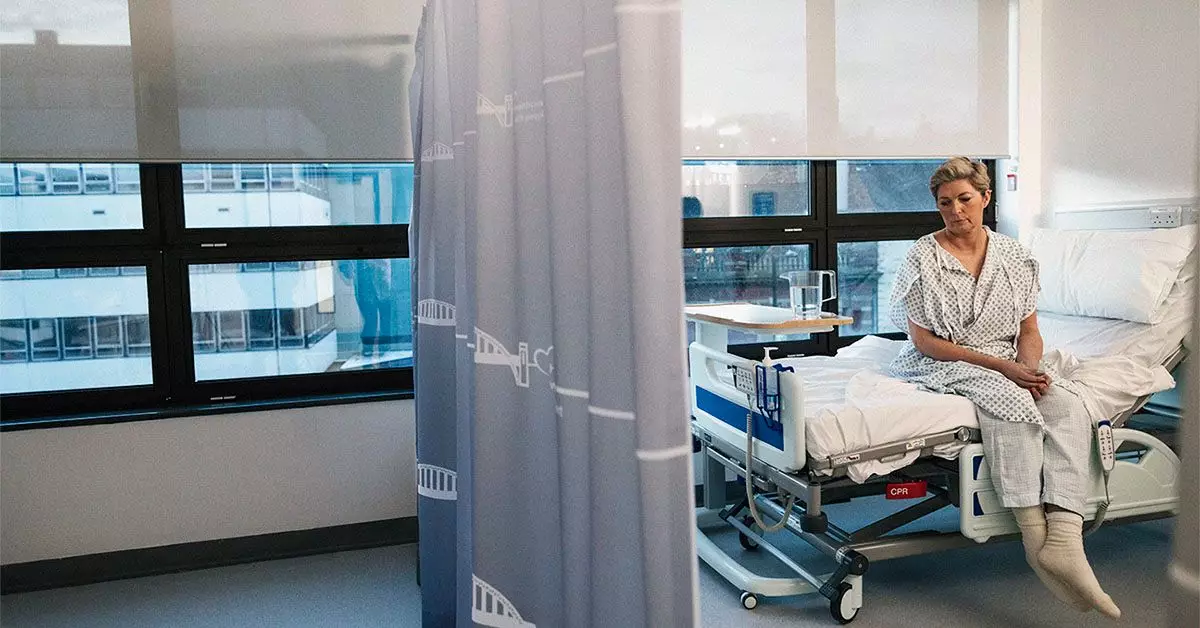Endometrial cancer, a malignancy impacting the lining of the uterus, poses significant treatment challenges and considerations. Among the therapeutic options available, brachytherapy stands out as a targeted and effective intervention, particularly for patients unable to undergo surgery or following surgical resection. This article comprehensively examines the mechanics of brachytherapy, its effectiveness and limitations, along with the side effects and recovery process associated with this treatment.
Brachytherapy, a form of internal radiation therapy, administers radioactive isotopes directly into or near the tumor site. This technique ensures that cancer cells are subjected to high doses of radiation while minimizing radiation exposure to surrounding healthy tissues. In the context of endometrial cancer, brachytherapy is often deployed after surgical removal of the uterus and cervix. By focusing on the vaginal canal, this localized therapy aims to eradicate any residual cancer cells in the vicinity.
The procedure involves the insertion of a cylindrical applicator into the vagina, which contains a radioactive source. This source delivers intense radiation primarily to the areas in contact with the applicator, thereby effectively targeting the affected regions, especially the upper section of the vagina closest to the uterus. While brachytherapy can be utilized as a primary treatment, it is frequently used after external beam radiation therapy to enhance treatment efficacy.
Brachytherapy for endometrial cancer primarily exists in two forms: Low Dose Rate (LDR) and High Dose Rate (HDR). LDR brachytherapy administers a continuous, lower dose of radiation over an extended period, typically from one to four days. During treatment, patients must remain still to avoid displacing the applicator. Conversely, HDR brachytherapy delivers a potent dose over a much shorter timeframe, usually ranging from ten to twenty minutes, allowing for more flexible treatment schedules, which can include daily or weekly sessions over several weeks.
Each type has its advantages and considerations, influencing the treatment plan based on individual patient circumstances. The choice is typically tailored to fit the patient’s specific medical profile, including the cancer stage, grade, and overall health.
Recent guidelines from the American Society for Radiation Oncology underscore the significant role that vaginal brachytherapy plays in reducing the risk of local cancer recurrence after endometrial cancer treatment. Evidence supports that its combination with external beam radiation therapy serves as a compelling option for managing inoperable endometrial cancer. Notably, a systematic review from 2020 highlighted that while brachytherapy alone proved effective in certain patient cohorts, the combination of external beam and brachytherapy was associated with reduced risks of pelvic and vaginal recurrences.
However, it is essential to note that while recurrence rates may improve, overall survival rates did not show a statistically significant difference when comparing brachytherapy alone with treatments that included additional forms of radiation. This necessitates a careful consideration of treatment strategies by oncologists to optimize outcomes based on individual patient factors.
Like any medical intervention, brachytherapy carries potential risks and side effects. Patients undergoing LDR brachytherapy might face complications such as deep vein thrombosis due to periods of prolonged immobility. Radiation vaginitis, characterized by irritation and inflammation of the vaginal mucosa, is another concern and can manifest as discomfort and discharge.
Furthermore, brachytherapy can lead to hematological side effects, such as anemia from reduced red blood cell counts and leukopenia, which raises the risk of infections. These effects are often temporary, with blood counts generally returning to baseline levels a few weeks post-treatment. Nonetheless, patients should prepare for possible longer-term issues, including vaginal scar tissue formation, which could affect sexual function, and urinary problems stemming from radiation-induced inflammation of the bladder.
The recovery trajectory following brachytherapy varies among individuals. While many side effects resolve within weeks to two months, some patients may experience long-lasting effects, necessitating ongoing monitoring and follow-up care. Physicians often recommend supportive measures, including pelvic floor therapy, to address discomfort and assist in recovery.
Overall, brachytherapy represents a pivotal option in the management of endometrial cancer, particularly when surgery is limited or not feasible. As treatment strategies continue to evolve, patients are encouraged to engage in discussions with their oncologists, exploring the risks and benefits of brachytherapy within the broader context of their overall cancer treatment plan. Therefore, informed decision-making remains paramount in the pursuit of optimal care outcomes in the battle against endometrial cancer.

